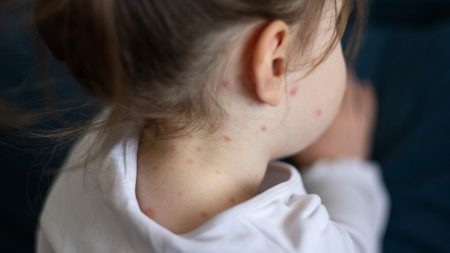Nature vs. Nurture: Unpacking the Debate on Human Aging and Well-being
For decades, the debate over whether nature (genetics) or nurture (environment) has a greater influence on human health has captivated scientists and the public alike. While both genetics and environmental factors clearly play roles, a groundbreaking study published in Nature Medicine sheds new light on this enduring question. Researchers from Oxford Population Health analyzed data from nearly 500,000 participants in the U.K. to explore how environmental exposures and genetic risk scores influence aging and premature death. Their findings are striking: environmental factors, such as lifestyle choices and living conditions, account for 17% of the variation in mortality risk, while genetic predisposition explains less than 2%. This suggests that the way we live—and the world around us—has a far greater impact on our health and longevity than the genes we inherit.
The Power of Environment Over Genetics
The study identifies specific environmental factors that have the most profound effects on health and aging. Smoking, for instance, is linked to 21 age-related diseases, while socioeconomic status, physical activity, and living conditions also play significant roles. Surprisingly, these factors are even more influential in shaping health outcomes than genetic risk. For example, socioeconomic factors, such as household income, home ownership, and employment status, are associated with 19 diseases, and physical activity is tied to 17. The researchers emphasize that many of these environmental influences are modifiable, meaning they can be altered through individual choices or policy changes. This is a hopeful message, as it suggests that improving socioeconomic conditions, reducing smoking rates, and promoting physical activity could significantly enhance public health.
The Long-Term Impact of Early-Life Exposures
One of the study’s most compelling findings is the enduring influence of early-life exposures on aging and premature death. For instance, body weight at the age of 10 and maternal smoking during pregnancy can have effects that manifest 30 to 80 years later. These findings highlight the importance of addressing environmental risks early in life to promote long-term health. The study also underscores the interconnectedness of environmental exposures and chronic diseases, such as lung, heart, and liver conditions, which are among the leading causes of disability and death worldwide. While genetic risk does play a larger role in certain conditions, such as dementia and breast cancer, the overall picture is clear: the environment shapes human health in profound ways that are often within our control.
The Cumulative Effect of Multiple Exposures
While individual environmental exposures may have a small impact on premature death, their combined effect over a lifetime is substantial. The study reveals that multiple exposures—such as poor diet, lack of exercise, and unsafe living conditions—can collectively explain a large proportion of variation in mortality risk. This emphasizes the importance of addressing these factors holistically rather than in isolation. For example, improving access to affordable housing, clean air, and nutritious food could have a profound impact on public health, particularly in disadvantaged communities. By targeting these modifiable risk factors, policymakers and individuals can work together to create healthier environments that promote longevity and well-being.
The "Aging Clock" and Its Revelations
The study also introduces a groundbreaking new method for measuring aging: the "aging clock." This innovative approach uses blood protein levels to track how rapidly people are aging. By linking these biological markers to environmental exposures, researchers can identify specific factors that accelerate aging and increase the risk of premature death. The "aging clock" provides the most comprehensive overview to date of how lifestyle and environmental factors drive aging, offering new insights into the interplay between nature and nurture. This tool could revolutionize the way scientists study aging, enabling them to identify early interventions that slow down the aging process and reduce the burden of age-related diseases.
The Road Ahead: Implications for Health and Research
While the study offers valuable insights, it also raises important questions about the role of other factors, such as diet, exposure to pathogens like COVID-19, and environmental chemicals like pesticides and plastics. Additionally, the researchers acknowledge that their findings may not apply equally to all populations, as genetic and environmental interactions can vary across different groups. Moving forward, the study highlights the need for integrated research that combines advanced biological measurements, smart technology, and environmental monitoring to better understand how these factors influence aging over time. By addressing these gaps, scientists can develop targeted strategies to improve the health of aging populations and reduce the risk of premature death. Ultimately, this research reminds us that while genetics are important, it is the world we create—and the choices we make within it—that have the greatest impact on our well-being as we age.















